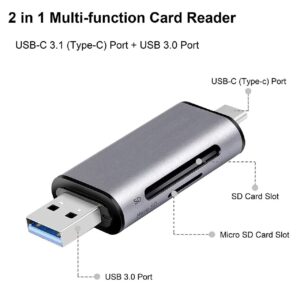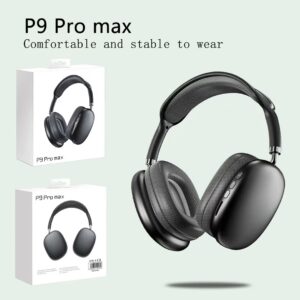In a world brimming with connectivity solutions, the acronyms MiFi, WiFi, CPE, and Router often leave people perplexed. Each term represents a different facet of wireless technology, and understanding their distinctions can help you make informed choices in the ever-evolving landscape of internet connectivity. In this blog, we aim to demystify these terms and shed light on their unique features and applications.

MiFi – Your Portable Broadband Companion
MiFi (Mobile WiFi) is a portable broadband device that packs the power of a modem, router, and access point into a credit card-sized package. It houses a modem to connect to wireless signals and an internal router to share this connection with multiple users and devices. Essentially, the modem receives a signal, such as 3G or 4G, and the built-in router allows you to share or distribute this signal to other WiFi-enabled devices like tablets, laptops, and smartphones.
- Source of Connectivity: MiFi primarily transforms mobile communication signals (such as 3G or 4G) into WiFi signals for sharing.
- Essentially WiFi: MiFi, in its essence, functions as a mobile WiFi hotspot or router, making it one of the devices in the WiFi category.
- Usage Flexibility: MiFi can be used anytime, anywhere, without the constraints of a wired local area network (LAN) connection, unlike traditional WiFi devices that are limited by the reach of wired infrastructure.
- Billing Structure: MiFi typically requires specific data plans, often billed on a monthly basis. In contrast, WiFi devices can leverage existing home broadband services, utilizing the costs associated with household internet.
- Sharing Capabilities: Both MiFi and traditional WiFi devices use similar technology and methods to connect devices to hotspots, enabling them to support the same number and range of shared devices.
- Sustainability: MiFi, equipped with an internal battery, can continue to function even during power outages.

CPE – The Customer’s Premise Equipment
CPE (Customer Premise Equipment) is an umbrella term for equipment located at a customer’s premises, such as a home or office, that connects to a service provider’s network. In the context of mobile connectivity, CPE is a device that receives mobile signals and retransmits them as WiFi signals. It shares similarities with MiFi in converting high-speed 4G or 5G signals into WiFi, making it suitable for scenarios where multiple mobile devices need simultaneous access. CPE is especially beneficial in areas where establishing wired networks can be cost-prohibitive.
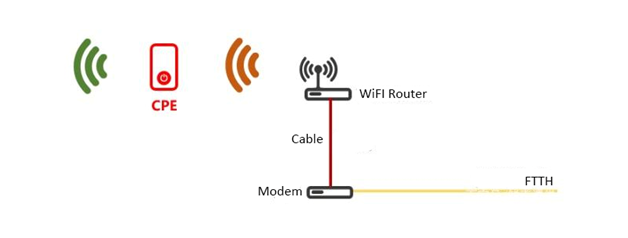
CPE vs. MiFi:
- CPE is generally larger in size, similar to traditional routers, and typically requires external power.
- CPE is more robust in terms of access point (AP) capabilities and router performance, supporting dozens of simultaneous users, and making it suitable for public transportation, subways, and similar environments.
CPE vs. WiFi Router – Defining the Distinction
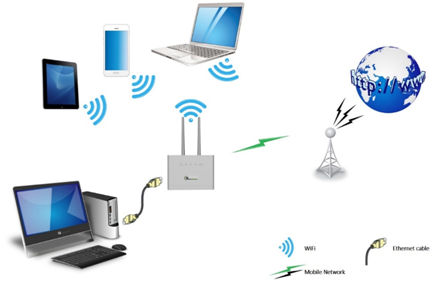
WiFi Router serves as a broadcasting station for WiFi signals. Its primary function is to transmit WiFi signals, allowing devices like smartphones, tablets, and laptops to connect and access the internet.
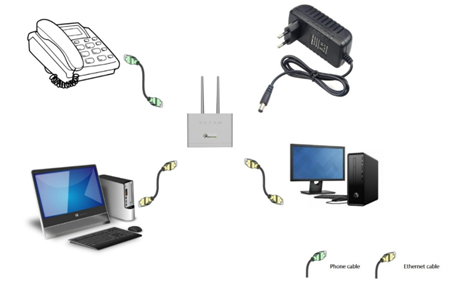
CPE vs. WiFi Router:
- CPE is akin to a “SIM card-inserted router.” It connects to a mobile network (4G or 5G) and converts it into WiFi signals for use by other devices, both portable and stationary.
- WiFi Routers, on the other hand, emit WiFi signals and require a wired internet connection, typically via a broadband connection, to access the internet.
The Advantages of CPE
CPE offers several advantages compared to traditional routers:
- Wireless Connectivity: CPE’s wireless nature ensures high mobility, making it suitable for use in diverse environments.
- High Agility: Deployment is more efficient, as CPE devices are plug-and-play, eliminating the need for extensive installation procedures.
- Flexibility: CPE devices come with adjustable power settings for indoor and outdoor scenarios. Scalability can be achieved by adjusting the number of devices to cover different area sizes.
In Conclusion
Understanding the nuances between MiFi, WiFi, CPE, and WiFi Routers is crucial in navigating the realm of wireless connectivity. Each technology serves specific purposes, ranging from portable mobile hotspots to robust connectivity solutions. Choosing the right one depends on your unique requirements, ensuring that you remain connected wherever you go.
For innovative and customizable MiFi, CPE, and other connectivity solutions, look no further than GCC ELECTRONIC, your partner in seamless communication.
Stay tuned for more insights from GCC ELECTRONIC, the leading manufacturer of cutting-edge wireless devices.






